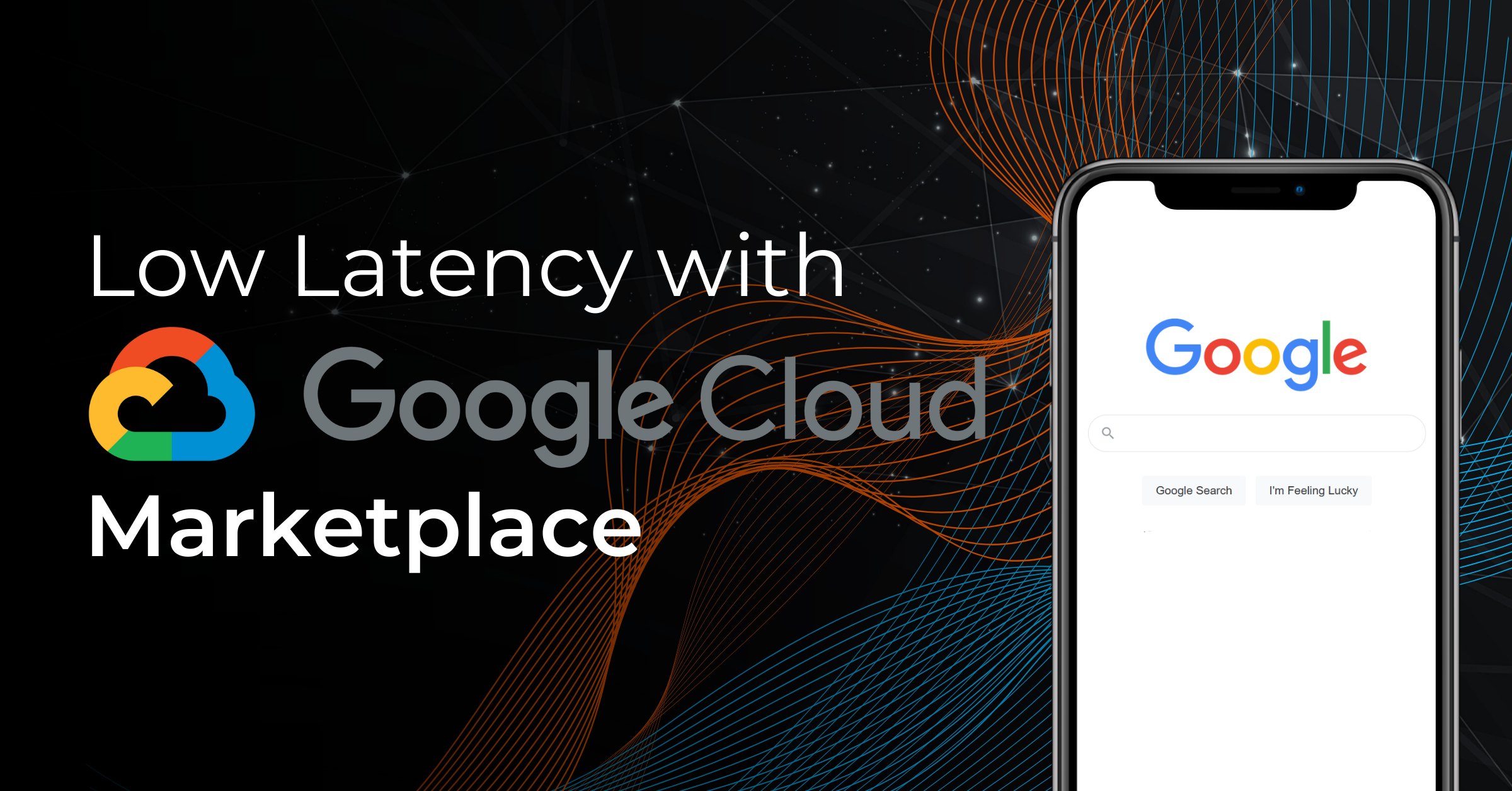With access to more than 50 carriers, service providers and cloud providers, along with direct access to the Omaha IX peering exchange, our data center is the prime spot for enterprises striving to bolster network routes and access low-latency interconnection.
In fact, we’ve seen recent record traffic in our Omaha IX location, based on data being exchanged at peak traffic times. Peering status in the Omaha IX creates faster throughput and exchange of information among enterprises and traffic routes. Here’s where the value really builds, though: Enter peer Google, stage left, to the mix. Google has made a strong commitment to the Silicon Prairie, announcing its own new data center in nearby Papillon, Nebraska.
An alliance between 1623 Farnam and Google Cloud Marketplace has national impact, and this partnership offers integrated solutions to boot. Distributed cloud solutions provide consistency between public and private clouds, enabling businesses to modernize and helping developers to build faster in any environment. In the 1623 Farnam scenario, data solutions are vetted by Google against security vulnerabilities to cover an enterprise’s IT needs.
Google Cloud helps drive business transformation for some of the world’s leading companies in retail, financial services, manufacturing, media, gaming, entertainment, telco, public sector, and healthcare. Google Cloud partners with our customers to build customized solutions for their toughest challenges. A case in point: A large storage provider has customers in the Midwest that want to use the Google Marketplace storage solution — and use 1623 Farnam’s facility for low-latency connectivity to Google.
Google is looking to educate companies about the existence/capabilities of 1623 Farnam who have a need to provide enhanced connectivity to their customers via our interconnect facility, in this case by a partnership with Google Marketplace members.
In some scenarios, the traffic between an on-premises network and the Virtual Private Cloud (VPC) network doesn’t even traverse the public internet. Instead, traffic traverses a dedicated connection or goes through a service provider with a dedicated connection. By bypassing the public internet, that customer’s traffic takes fewer hops, so there are fewer points of failure where traffic might get dropped or disrupted. This also provides lower latency.
The outcome of these partnering relationships is a one-stop shop for many services, enabling both customization and consolidation of telecommunications and technology solutions. As enterprise technology evolves, the concept of the cloud will not be perceived as a standalone solution that is removed from IT decision-making. Instead, cloud will become mainstream and, simply, one and the same as IT.


